Vietnam’s Tay ethnic people strive to promote local tourism
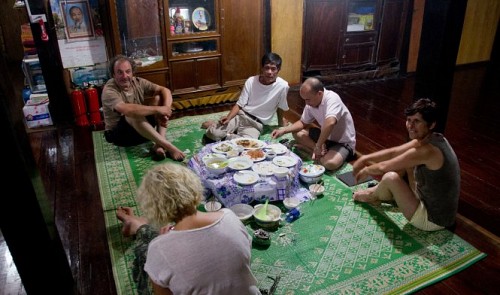
Pac Ngoi Village, located in Nam Mau Commune, has long been one of the favorite destinations for travelers who need to find a place to stay during their trip to discover Ba Be National Park.
Despite the many affordable hotels, most travelers prefer a homestay near Ba Be Lake, which is considered a must-visit for any tourists who come to the area.
In Pac Ngoi Village, visitors can enjoy the fullest service, including around 20 large stilt houses, each of which can hold a group of 50 people thanks to the many small rooms divided by wood walls.
Another characteristic that makes these stilt houses so special is that they all have air conditioners and free Wi-Fi access, whose coverage is even stronger and wider than at other hotels in the region, besides many basic, comfortable living services.
The total price that a traveler has to pay for staying there for one day varies from VND50,000 (US$2.3) to VND70,000 ($3.2).
Extra services allow tourists to rent boats to discover Ba Be Lake, the largest natural lake in Vietnam and also one of the most well-known tourism destinations.
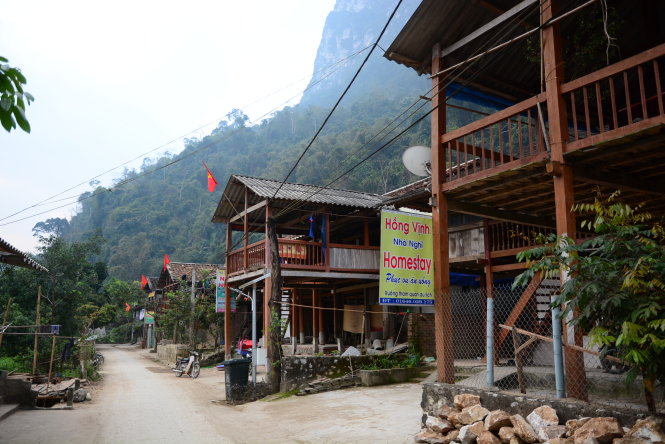
Large stilt houses in Pac Ngoi Village can welcome a group of 50 people thanks to the many small rooms divided by wood walls. Photo:Tuoi Tre
The idea of using stilt houses to promote tourism was initiated 10 years ago by Ngo Van Toan, a local who currently owns a hotel in Pac Ngoi Village.
As the number of tourists has increased rapidly over time, many local families decided to invest a big amount of money, possibly up to VND1 billion ($47,000), in building larger stilt houses.
One of the most interesting experiences which attract tourists to Pac Ngoi Village’s homestays is the opportunity to live in a friendly, happy environment, with many delicious meals cooked and served by Tay people.
All the food ingredients, including vegetables and meat, are raised by locals, with guaranteed sanitary quality.
According to Duong Van Thu, 64, Pac Ngoi Village now has nearly 200 homestay stilt houses, up from 20, allowing locals to earn a living and have a prosperous life.
“Nearly 100 percent of the residents are Tay people, who used to be poor fishers and farmers a long time ago. Now, each family owns at least two to three motorcycles and modern equipment thanks to the homestay service for tourists,” he added.
What the stars mean:
★ Poor ★ ★ Promising ★★★ Good ★★★★ Very good ★★★★★ Exceptional
Latest News
More News
- Vietjet receives latest aircraft from Airbus in France (October 08, 2024 | 18:02)
- Telling travel stories through movies (October 08, 2024 | 14:00)
- South Korean tourists lead Vietnam’s tourism revival (October 08, 2024 | 11:49)
- Vietnam a golden land for golf tourism (October 08, 2024 | 11:41)
- Con Dao leads the way in circular tourism (October 08, 2024 | 08:00)
- Nestlé and VNAT announce new cooperation initiative (October 02, 2024 | 15:43)
- Hanoi recognises new city-level tourist areas (September 27, 2024 | 20:25)
- Hue to host 2025 National Tourism Year (September 19, 2024 | 15:13)
- Hoa Binh Group consolidates leading position in Vietnam’s MICE industry (September 11, 2024 | 14:26)
- Ba Ria-Vung Tau targets high-quality business tourism (September 10, 2024 | 09:00)







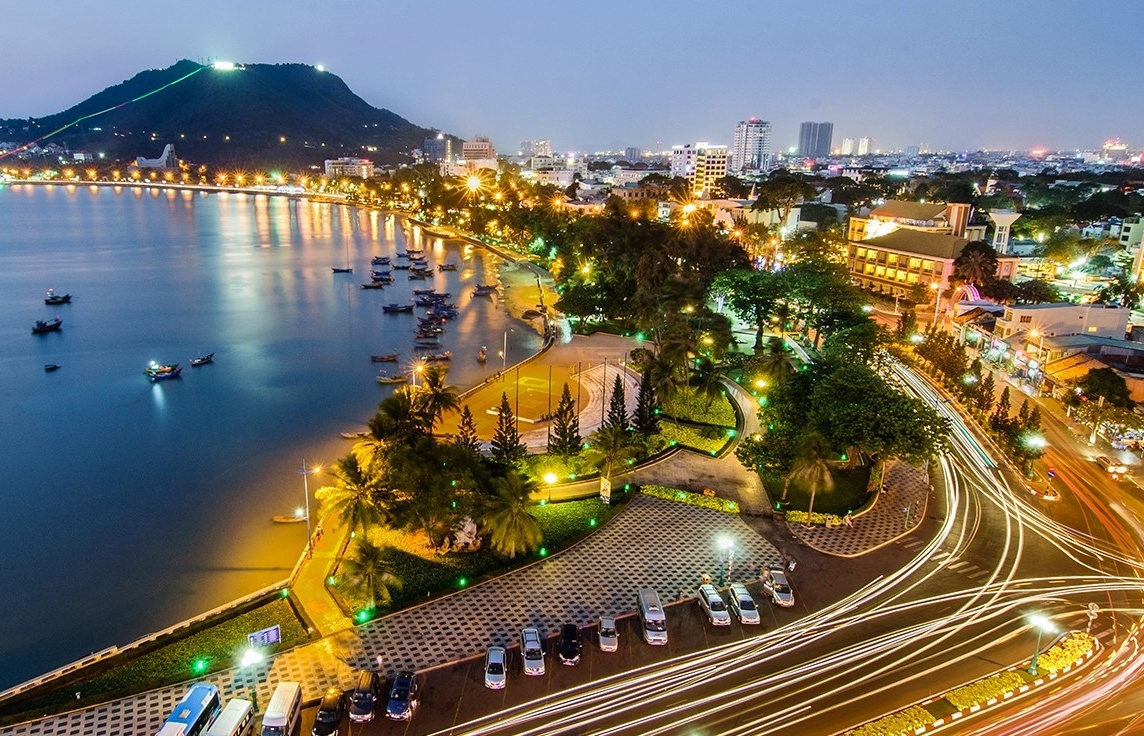
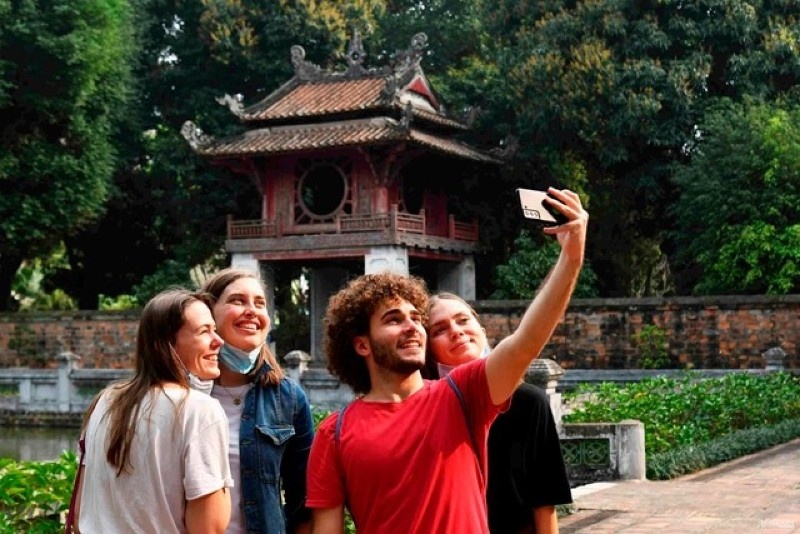



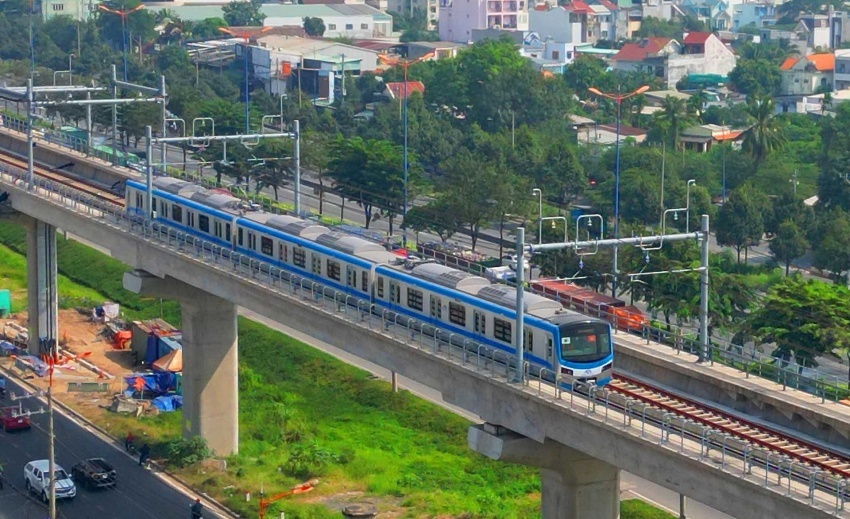






 Mobile Version
Mobile Version